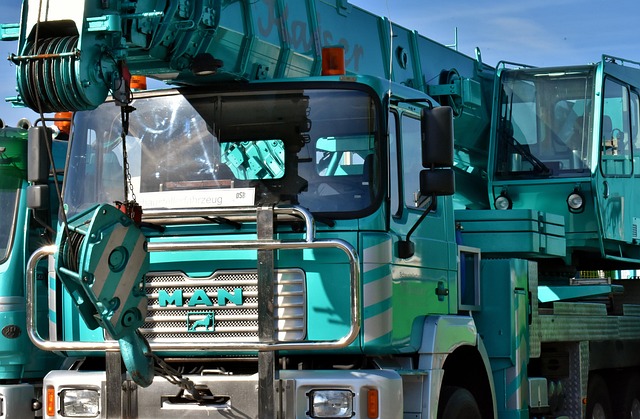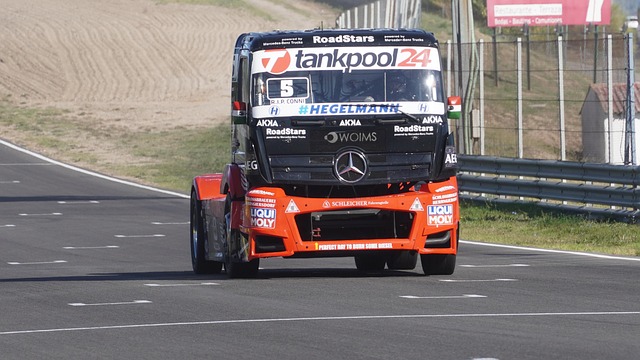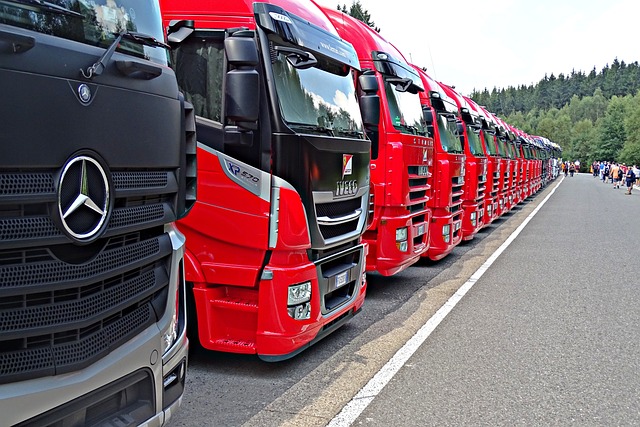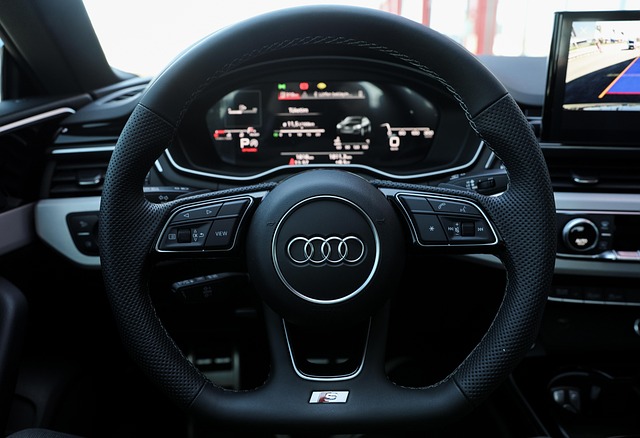Looking to register your car in California? This comprehensive guide walks you through the process step by step. To begin, understand the eligibility requirements for car registration in the Golden State. Gather essential documents, including proof of ownership and insurance. You can visit a DMV office or use online services. Ensure your vehicle’s Vehicle Identification Number (VIN) is verified to prevent fraud. Complete and submit your registration application seamlessly. Follow these instructions using a reliable dmv vin verifier for a stress-free experience.
- Understand Eligibility Requirements for Car Registration
- Gather Necessary Documents for California DMV
- Visit a DMV Office or Use Online Services
- Perform Vehicle Identification Number (VIN) Verification
- Complete and Submit Registration Application
Understand Eligibility Requirements for Car Registration

Before you begin the registration process, it’s crucial to understand if your vehicle is eligible for registration in California. The Department of Motor Vehicles (DMV) has specific requirements that must be met before a car can be registered. One essential step is to ensure the vehicle’s Vehicle Identification Number (VIN) is verifiable. Utilize a trusted dmv vin verifier or mobile vin inspector to validate the VIN, as this unique identifier plays a critical role in confirming ownership and ensuring the vehicle’s history is accurately documented.
Additionally, your vehicle must meet environmental standards and have a valid registration from another state (if it was previously registered outside California). It’s recommended to check with the DMV for any other specific requirements based on your vehicle’s make and model, as certain types of vehicles may have additional considerations for registration.
Gather Necessary Documents for California DMV

Before heading to the California DMV, ensure you gather all the essential documents required for a smooth registration process. The key pieces include your vehicle’s registration certificate from the previous state, proof of insurance, and a valid driver’s license. Additionally, you’ll need a DMV form 140 (Application for Title and Registration) filled out completely. A crucial step is to verify the Vehicle Identification Number (VIN) using a trusted DMV VIN verifier to ensure the vehicle’s history is clean. This can be done online or through a mobile VIN verifier app, which provides instant access to detailed vehicle information.
For convenience, consider obtaining a mobile VIN inspection or mobile VIN verification service that can check for any outstanding issues or accidents associated with your car’s VIN before you visit the DMV. This proactive approach saves time and helps avoid potential problems during the registration.
Visit a DMV Office or Use Online Services

When registering your car in California, one of the initial steps is to verify your vehicle’s identity through its unique identifier—the Vehicle Identification Number (VIN). The California Department of Motor Vehicles (DMV) offers two convenient options for this process: visiting a local DMV office or utilizing their online services. For those who prefer the traditional approach, visiting a DMV office allows you to complete several transactions, including VIN verification, in one place.
Alternatively, the state’s online platform provides a streamlined experience. You can start the registration process and enter your VIN using their secure digital tools. The DMV’s website will then access its database to validate the vehicle’s details, ensuring it matches the records. This method is particularly appealing for those who value time-saving measures, such as a mobile vin inspection or verification service, offering a quick and efficient way to initiate the car registration process in California.
Perform Vehicle Identification Number (VIN) Verification

Before you can register your car in California, it’s crucial to perform a Vehicle Identification Number (VIN) verification. This step is essential to ensure that the vehicle you’re trying to register is legitimate and not stolen. The process is straightforward; you can either visit a DMV office or utilize a mobile VIN verifier for a quick and convenient check.
A mobile VIN verification service allows you to input your car’s unique VIN number into an app, which then cross-references it with the manufacturer’s database. This method provides immediate results, giving you peace of mind that your vehicle’s history is clean. It’s a smart step to take before committing to a registration, especially when purchasing a used car.
Complete and Submit Registration Application

To start the registration process for your car in California, you’ll need to complete and submit the Registration Application form. This form is typically available at your local DMV (Department of Motor Vehicles) office or online through the official California DMV website. Ensure that all information provided, including your vehicle’s make, model, year, and unique Vehicle Identification Number (VIN), is accurate and up-to-date. The VIN is a crucial piece of information for any car registration process, and a reliable dmv vin verifier can help ensure the accuracy of this number.
Once you’ve filled out the application, submit it along with the required fees and necessary documents, such as proof of insurance and vehicle ownership. For convenience, many individuals opt for a mobile vin inspection or mobile vin verification service, allowing them to complete these steps from the comfort of their homes. This streamlined approach can save time and effort, making the car registration process more efficient overall.
Registering your car in California is a straightforward process once you meet the eligibility requirements and gather the necessary documents. By visiting a DMV office or utilizing their online services, including a VIN verification through a trusted dmv vin verifier, you can efficiently complete the registration application. Remember to keep all your records organized for future reference and ensure your vehicle complies with state standards for safe operation on California roads.
